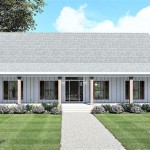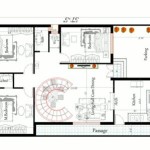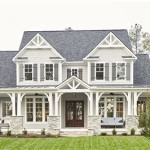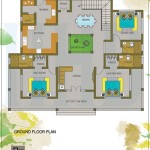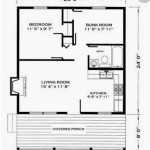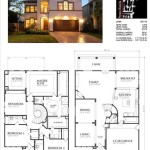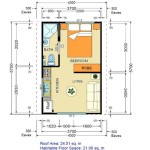Essential Aspects of a DIY House Plan
Building a home from scratch is a daunting but rewarding endeavor that requires meticulous planning. A DIY house plan serves as the blueprint for your dream home, guiding you through every step of the construction process. Here are some crucial aspects to consider when creating a DIY house plan:
1. Determine Your Needs and Preferences
Start by defining your vision for the home. Consider your family's size, lifestyle, and aesthetic preferences. Determine the number of bedrooms, bathrooms, and living spaces required. Think about the type of layout that best suits your needs, such as open-concept or traditional.
2. Choose a House Style
Select a house style that aligns with your taste and the overall aesthetics of your neighborhood. Consider factors such as roofline, siding, window shape, and architectural features. Popular house styles include traditional, contemporary, farmhouse, and Craftsman.
3. Plan the Floor Plan
Draw a detailed floor plan that shows the layout of each room. Pay attention to the flow of traffic and the placement of windows for natural light. Consider the size and shape of each room, as well as the location of stairs, doorways, and closets.
4. Design the Exterior
Create an exterior design that complements the house style. Include details such as roof pitch, siding materials, window trim, and decorative elements. Consider the orientation of the house on the lot and the placement of outdoor spaces, such as a patio or deck.
5. Consult Building Codes and Regulations
Thoroughly research building codes and regulations in your area. These codes govern aspects such as structural stability, electrical wiring, and plumbing. Ensure your plan meets these requirements to avoid costly delays or legal issues during construction.
6. Consider Energy Efficiency
Incorporate energy-efficient features into your plan to reduce monthly utility costs and create a more sustainable home. Consider elements such as insulation, energy-efficient appliances, and solar panels. Explore local rebates and incentives for energy efficiency.
7. Seek Professional Help When Needed
While creating a DIY house plan is rewarding, it's important to acknowledge when you need professional assistance. Consider consulting with an architect or engineer for complex structural or technical aspects. They can provide valuable guidance and ensure your plan is safe and functional.
8. Create Detailed Construction Documents
Once your DIY house plan is complete, create detailed construction documents that outline every aspect of the building process. These documents should include detailed drawings, specifications for materials, and instructions for installation. Clear documentation will streamline construction and reduce the risk of errors.
By following these essential aspects, you can create a comprehensive and functional DIY house plan that will guide you towards building your dream home. Remember, planning is paramount, so invest time in thoroughly considering each element before breaking ground.

Easy To Build Houses And Floor Plans Houseplans Blog Com

Floor Plans For Tiny Houses Besting A Frames Cabins Sheds Unique Small House Build Your Own

Unique Small House Plans A Frames Cabins Sheds

Diy House Plans

Http Thehomesteadingboards Com Forums Construction And Diy Projects 1 A Simple 24x20 Cabin Tiny House Living Small Plans

16 Cutest Tiny Home Plans With Cost To Build Craft Mart

Free Cabin Plans From Houseplansarchitect Com Tiny House Floor Small Diy

Awesome Small And Tiny Home Plans For Low Diy Budget Craft Mart

Diy Granny Flat 2 Bed Study Small Home Design Kit Plans On Timber Floor 100m2 Or 1076 Sq Foot Buy Here

Gallery Of Diy House Reset Architecture 17

